I feel like I’ve been talking about Peru a lot lately – first about walking the Inca Trail, then about staying on Lake Titicaca, and most recently about heading into the Amazon Jungle – but today, I wanted to share about a well-known yet oft-skipped destination: Lima.
Many visitors to Peru tend to skip the capital all together while others only give themselves a few short days before boarding a flight to Cuzco or Iquitos, however, I think Lima has quite a bit to offer. Sure, it may be congested and a bit chaotic (we are talking about one of the largest cities in South America!), but if you know where to go, what to do, and most importantly, what to eat, this city can be a lot of fun!
I’ve already written a guide showcasing some of the best things to do in Lima, so at the risk of sounding like a broken record, today I’m going to share a few reasons to give the capital a few days of your Peru itinerary. And because visuals work best, why don’t we start with a video that Sam and I recently filmed in Lima, shall we?
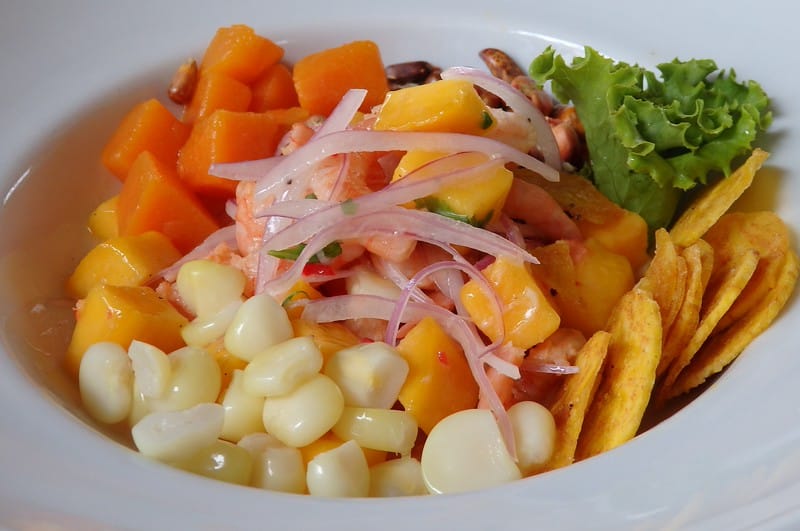
Eat your way through the culinary capital
First things first, let’s talk about the food. Lima is considered the culinary capital of Latin America and you are going to eat some of the best meals of your life here. Every time a plate was set down in front of me, it was a colourful work of art.
If there is one dish that you simply must try while in Lima, it’s ceviche . Two of my favourite places for ceviche are Punto Azul (they also make a delicious shrimp risotto here!), and La Rosa Nautica which offers more of an upscale dining experience out on the water.
Aside from Peruvian specialties, you can also find various fusion cuisines, and none is best known than chifa, which combines Peruvian and Chinese elements. During the late 19th and early 20th centuries, Peru saw a wave of immigration from China, particularly from the province of Guangdong, and this reshaped the culinary landscape in many ways. Chifa has become one of the most popular types of food in Lima, with more than 6000 restaurants scattered across the city. What you’ll find in chifa restaurants are dishes prepared in the Chinese style, but using Peruvian ingredients. Don’t miss their arroz chaufa, a fried rice made with scallions and eggs; tallarin saltado, an adaptation of the classic chow mein; and kam lu wantan, deep-fried wonton served with a sweet and sour sauce with vegetables and meat.
You’ll also want to try nikkei cuisine which combines Peruvian and Japanese culinary traditions. Lima is home to the second largest Japanese population in South America (second only to Sao Paulo), and that means that the Japanese cooking tradition has been integrated and adapted by Peruvians. My favourite nikkei dishes include: maki acevichado, a maki roll that has ceviche; and tiradito, think of the Japanese sashimi but cured in lime like ceviche.
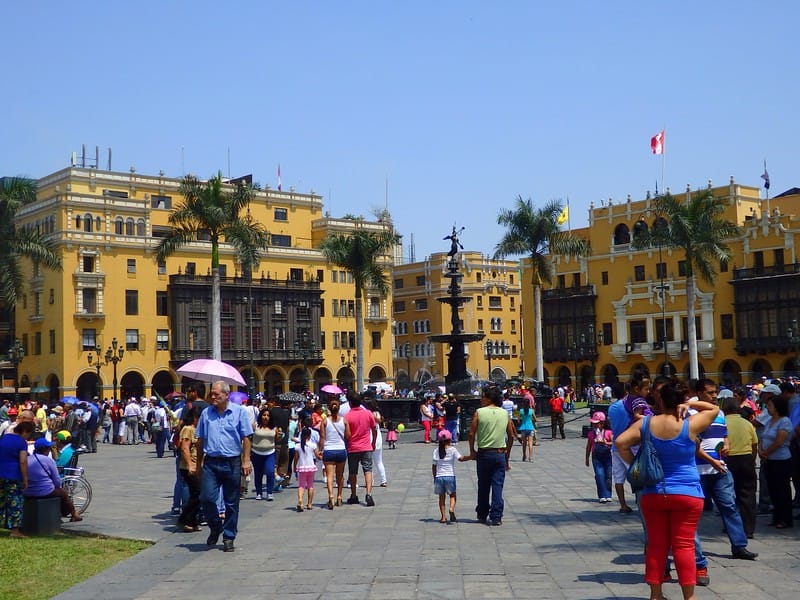
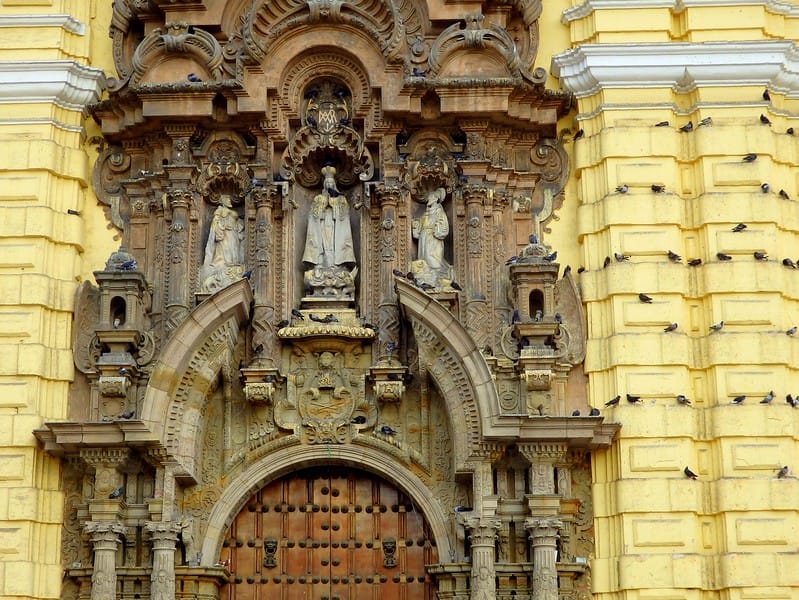
Dive into the historic centre
Lima’s historic centre is very compact and that makes it great for exploring on foot. Plaza Mayor, also known as Plaza de Armas, is the beating heart of the downtown, and within a 2 block radius you’ll find enough sites and attractions to keep you busy for the whole day.
You can start off with Lima Cathedral which dates back to 1535. Inside you’ll find the tomb of Francisco Pizarro – yes, we’re talking the Spanish conquistador who conquered the Incan Empire. If you keep your eyes peeled you’ll notice how Catholicism blends together with the Inca belief in Pachamama, namely when you look at the statues of the virgin and how she’s depicted wearing a wide cape that’s meant to resemble a mountain. I would recommend taking a guided tour of the church so that you can learn the cool history behind the place.
From there you can walk on over to the Government Palace. This buildings acts as the official residence and office of Peru’s president, and if you time your visit just right you can watch the changing of the guard which happens at noon.
Just a few blocks from Lima Cathedral you’ll find the Monastery of San Francisco, which is one of the coolest sites in the historic centre. You can only visit as part of a guided tour and no photography is allowed once you walk through the main doors, but inside you’ll find: a library with over 25,000 antique texts that date back to the start of the colony, a cloister surrounded by paintings with Peruvian subject matter (namely Jesus and his disciples partaking in the Last Supper with a grilled guinea pig at the table), and catacombs where more than 25,000 people were laid to rest before the city opened its first cemetery.
And that’s just the tip of the iceberg. Aside from that you’ll find numerous churches and convents, museums, and government buildings in the downtown core. If you get hungry wandering around, walk down Pasaje Santa Rosa, which is a little pedestrian street directly across the square from the cathedral. This place is teeming with restaurants and cafes.
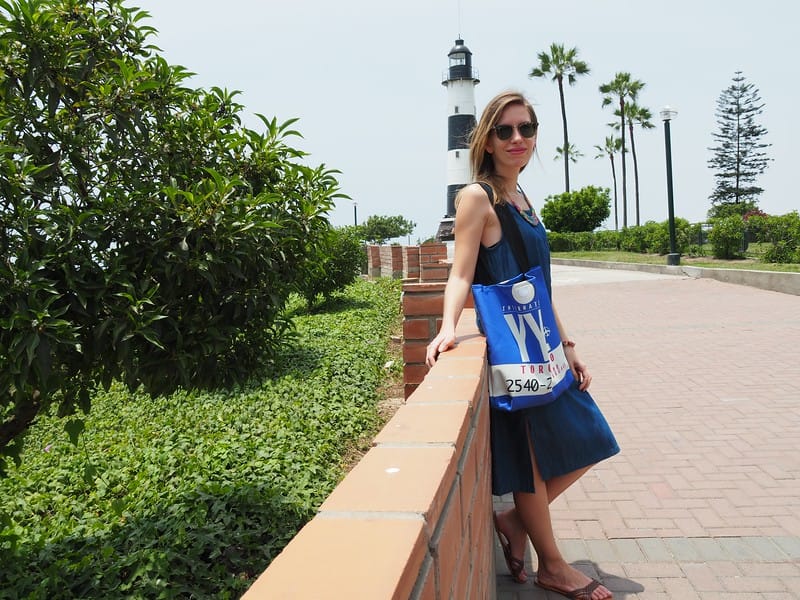
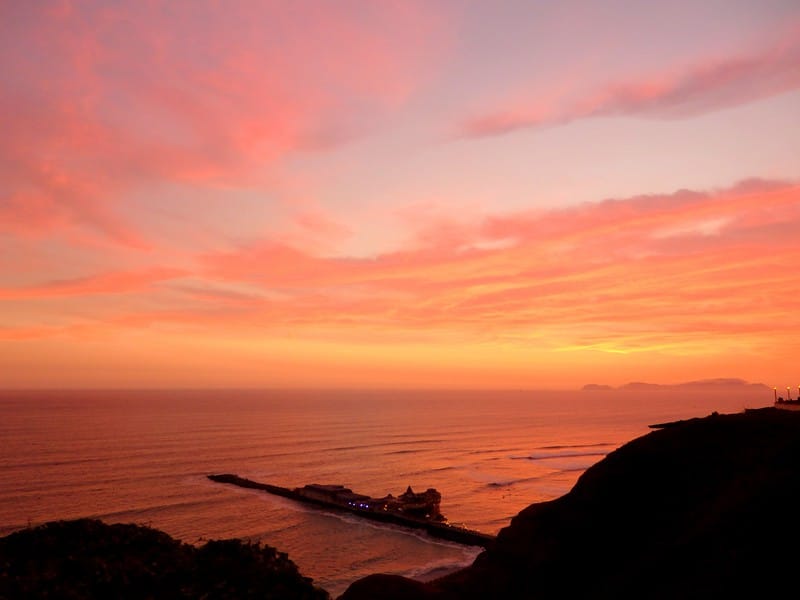
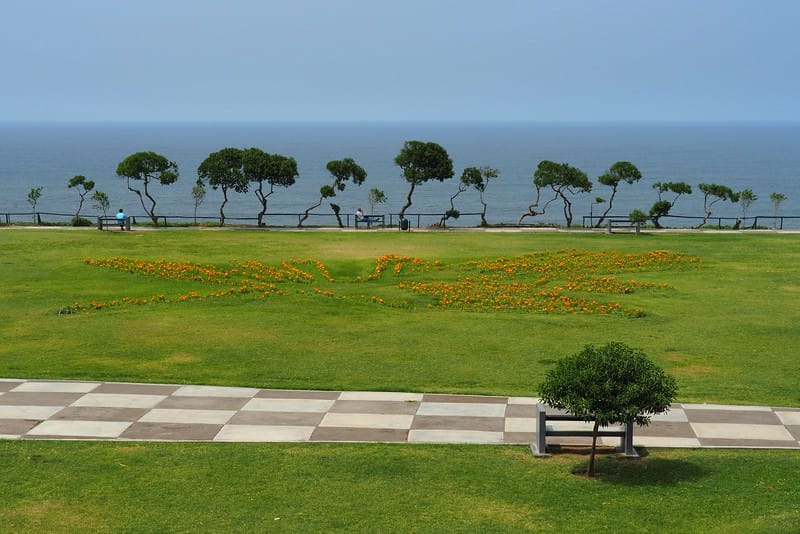
Walk the beautiful coastline
One of the best things about Lima, in my opinion, is its coastline. The city is built on a cliff above sea level, which means you get panoramic views of the Pacific Ocean and the beaches below. This stretch is often called Costa Verde because of the hanging green vegetation that covers the otherwise barren cliffs.
My favourite stretch of the coastline is along Parque del Amor (Love Park), which is a park that was inspired by Gaudi’s Park Güell in Barcelona. This park has a series of winding benches covered in bright mosaics and poetry, and if that weren’t colourful enough, the gardens are perfectly manicured with plenty of flowers and palm trees adding to the beauty of the place.
I would recommend coming here in the late afternoon to catch the sunset. It’s a great time to be out and you’ll find that the park is filled with young couples on dates, families picnicking, dogs running around, teenagers practicing slacklining, and adventurous souls paragliding. Basically it’s buzzing with activity as the sky turns pink and gold and then dips beneath the clouds.
Go gallery and museum hopping
Even with numerous visits to Lima under my belt, I still haven’t been able to cover all of the art galleries and museums in the city. If you’re a traveller that’s fuelled by art and history, then Lima has you covered.
Some spots worth adding to your list include: Larco Museum, a privately owned museum focusing on pre-Columbian art; Museum of Gold, all about Incan gold pieces and ancient weapons; Museum of Italian Art, showcasing European art in Peru; Museum of Art of Lima (MALI), spanning pre-Columbian art to the present; Peruvian National Museum of Archaeology, Anthropology, and History, the name says it all and this is also the oldest museum in all of Peru; Museum of the Nation, holds thousands of artifacts from the entire span of human occupation in Peru; Museum of Contemporary Art (MAC), covering contemporary art by both Peruvian and international artists; and Asociación Mario Testino (MATE), focusing on fashion photography by the renowned photographer of the same name.
I told you there’s quite a bit to keep you busy here! And these are just some of the best known galleries and museums in the city; you can also find smaller galleries and privately run museums if you dig a little deeper.
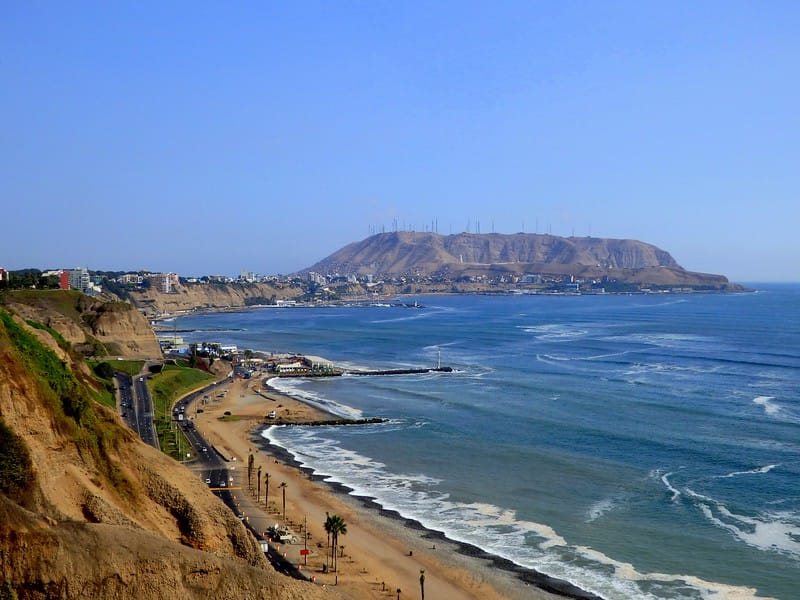
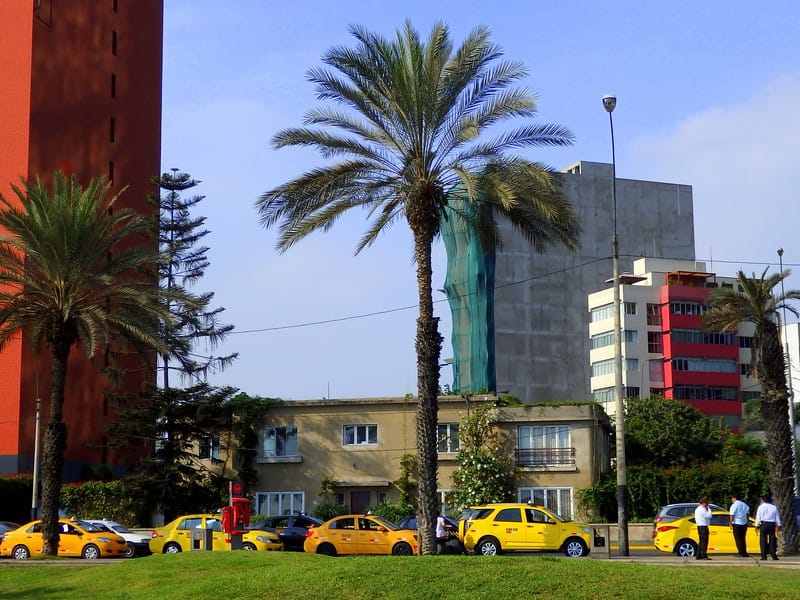
Enjoy the mild weather
Lima has a really mild climate, making it a great year-round travel destinations. Yes, most mornings may start off a little foggy, but that tends to clear by midday. Also, because Lima is in the desert it hardly ever rains here, and when it does it’s just a few droplets for some brief minutes. The city receives an average of 6.4 millimetres of rain per year so you don’t have to worry about ever having to cancel plans due to rain.
Summer temperatures generally hover around lows of 20°C and highs of 27°C, while winter temperatures bring lows of 15°C and highs of 20°C. That means t-shirt weather during the summer months and a sweater or light jacket for winter.
Do a little bit of shopping
Whether you’re looking to stock up on souvenirs to take back home or pick up a few cool pieces for your wardrobe, Lima has plenty of options when it comes to shopping.
For souvenirs, I would recommend going to Mercado Indio on Petit Thouars. This street is lined with artisanal markets where you can pick up those quintessential Peruvian souvenirs: warm alpaca sweaters, leg warmers, chess sets featuring Spaniards vs. Incas, coca candies, woven handbags, hand painted pottery and more.
For a more modern shopping experience, you can head to Jockey Plaza, which is about as futuristic as it gets. This mall has a really cool design with indoor and outdoor shopping, and they also feature a lot of North American and European brands. You can also head to Larcomar, which is a cool shopping centre built into a cliff overlooking the Pacific Ocean; aside from clothing stores, they also have a lot of cafes and restaurants in here, which means you can grab a bite and enjoy the view.
If you happen to be in Lima on a Saturday, another cool place to check out is the Bioferia Organic Market. Here you can expect to find fresh fruits and vegetables, herbs and spices, honey, chocolate, coffee, nuts, and just about anything you can imagine. If you’re renting an AirBnB, this would be the perfect way to stock your kitchen.
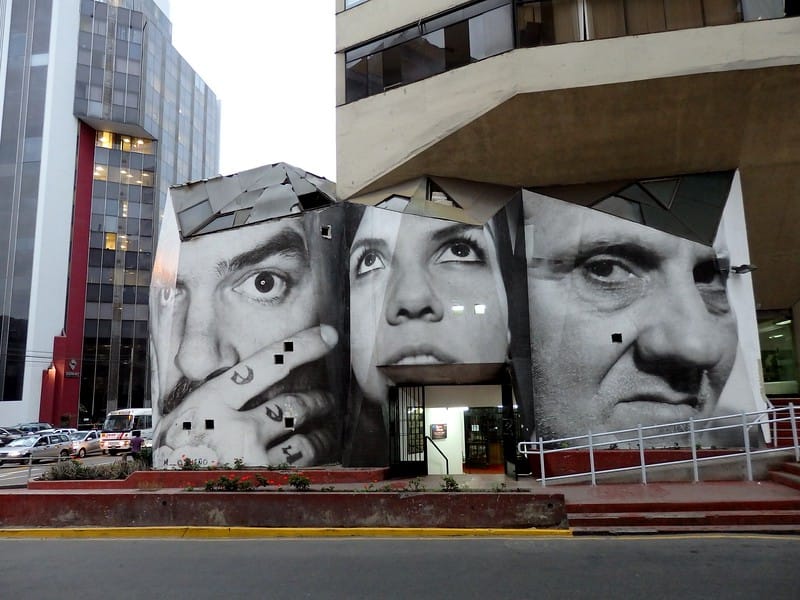
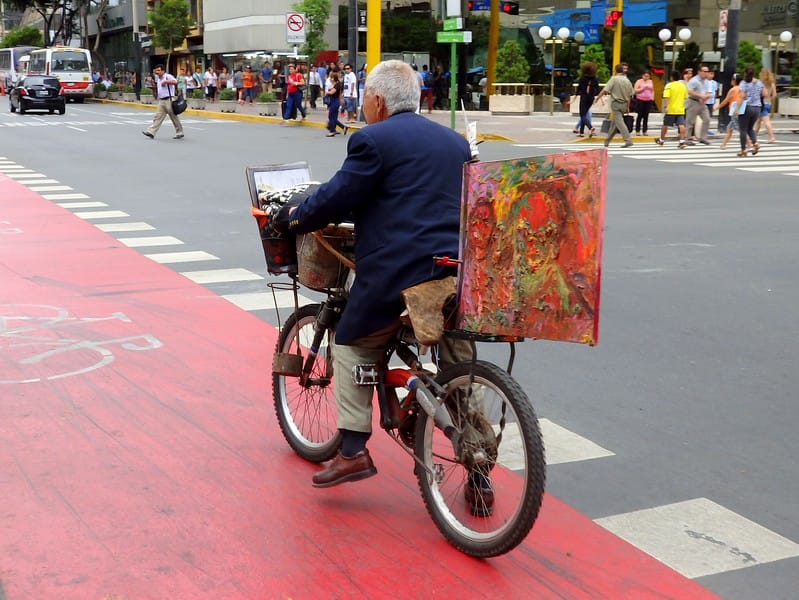
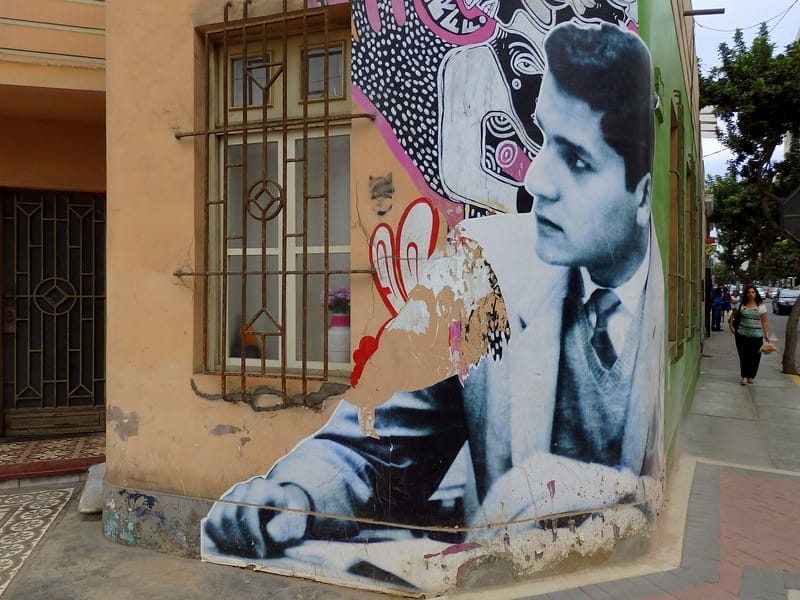
Discover the city’s distinct neighbourhoods
Another reason to visit Lima is that the neighbourhoods have very distinct flavours. There’s Barranco, which is artsy, bohemian, and filled with bars and small art galleries; Miraflores, with its parks, ample cafes, and tall waterfront towers; Centro, the historic part of the city with its colonial buildings, churches, and museums; La Molina, located inland near the embassies and featuring upscale dining; San Isidro, the financial hub which also has a residential side and a 500 year old olive grove; and the list goes on.
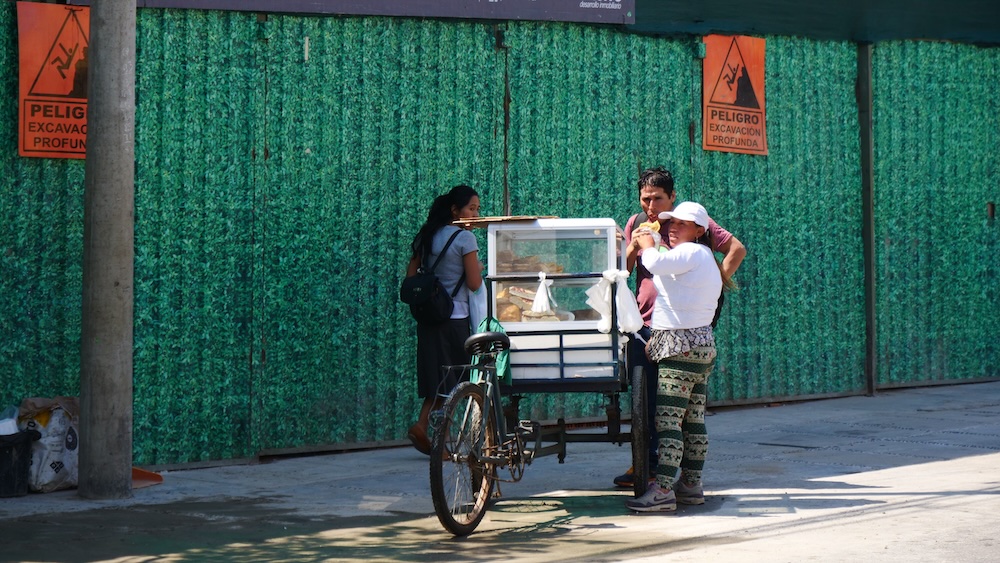
Where to Stay (By Vibe, Not Just Address)
If Lima’s neighborhoods were dinner guests, Miraflores would bring the picnic, Barranco the playlist, and Centro the family history book. Pick your base by feel and the rest of your plans fall into place. Miraflores is easiest for first-timers—safe, walkable, and perched on the cliffs. Barranco is artsy and bohemian with independent galleries and a village vibe. Centro is a dream for architecture lovers by day (I still prefer sleeping elsewhere). San Isidro mixes leafy parks with excellent restaurants; Pueblo Libre is handy for museums and classic taverns.
- Miraflores: coast path, cafes, bike lanes, paragliding at Parque del Amor.
- Barranco: street art, boutiques, Bridge of Sighs, late nights done right.
- Centro: Plaza Mayor, cathedrals, convents—plan daylit wanders.
- San Isidro: business-district polish, 500-year-old olive grove, destination dining.
- Pueblo Libre: Larco Museum nearby, criollo restaurants, quieter streets.
Neighborhood Selector
| Neighborhood | Best For | Evening Feel | Insider Tip |
|---|---|---|---|
| Miraflores | First-timers, runners, coastal views | Lively but relaxed | Ask for a room facing inland—cliff winds can howl |
| Barranco | Creatives, couples, boutique stays | Buzzing weekends | Sunrise on the malecón = empty photos & soft light |
| Centro | History buffs, architecture hunters | Quiet after dark | Visit churches early; lines swell by late morning |
| San Isidro | Foodies, park lovers | Calm, upscale | Picnic in El Olivar among centuries-old olive trees |
| Pueblo Libre | Museum hopping | Local & low-key | Combine Larco Museum with a classic pisco sour at Antigua Taberna Queirolo |
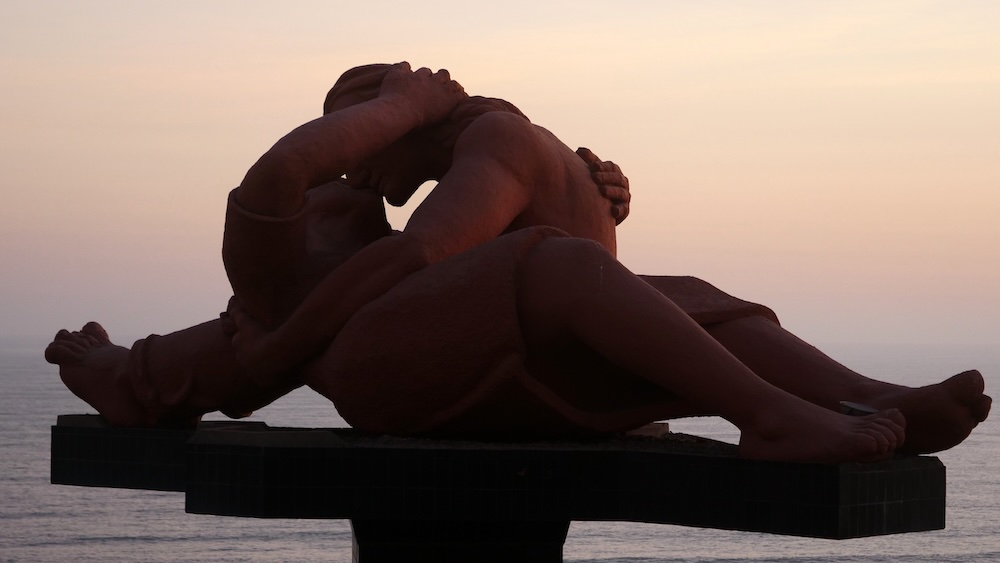
A 48-Hour Lima Itinerary (Tight, Tasty, Totally Doable)
Two days is plenty to get Lima under your skin. Day one leans historic with a soft landing in Miraflores; day two rides the cliffs into Barranco and ends with sunset and live music. Keep transport simple: ride-hail between boroughs, walk the coast path when you can, and time your ceviche lunches for midday (it’s a lunch dish for Limeños). Build in wiggle room for desserts—because suspiro a la limeña and picarones deserve their moment.
- Day 1 AM: Centro—Cathedral, San Francisco Monastery & catacombs, coffee on Jirón de la Unión.
- Day 1 PM: Larco Museum + late lunch in the garden, golden-hour stroll in Miraflores.
- Day 2 AM: Surquillo Market tasting + coastal walk to Barranco.
- Day 2 PM: Barranco art crawl (MATE & MAC), sunset at Puente de los Suspiros, Nikkei dinner.
48-Hour Plan
| Time Block | Where | Anchor Experience | Food Idea | Note |
|---|---|---|---|---|
| Day 1 (AM) | Centro | Cathedral + San Francisco + Plaza Mayor | Coffee & churros | Noon guard change at Government Palace (check schedule) |
| Day 1 (PM) | Pueblo Libre | Larco Museum | Garden restaurant (book) | Pair with pisco sour; small plates to share |
| Sunset | Miraflores | Malecón (Parque del Amor → Faro) | Ice cream stop | Check wind if paragliding tempts you |
| Day 2 (AM) | Surquillo → Coast | Market graze, then walk to Barranco | Fruit tastings & tamales | Keep small change for snacks |
| Day 2 (PM) | Barranco | MATE/MAC + street art | Nikkei or ceviche dinner | Finish with picarones on the plaza |
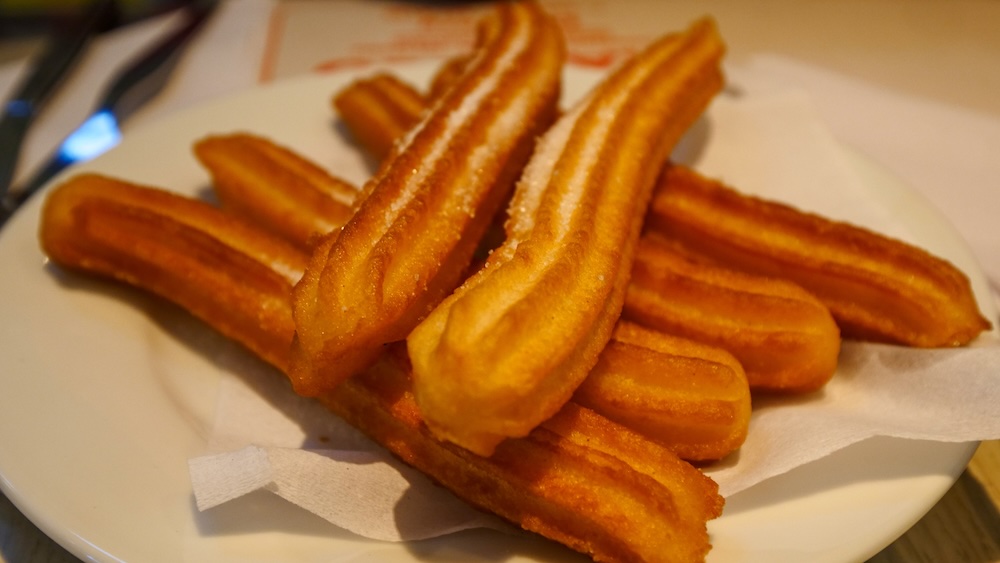
Lima for Food Lovers (Plates You’ll Remember + Where to Find Them)
Lima is the kind of city where lunch is the highlight of the day. Ceviche is the star—order it fresh by early afternoon with a side of chicha morada—but leave room for smoky anticuchos, wok-seared lomo saltado, and sticky-skinned pollo a la brasa. For fusion, book one Nikkei spot (think tiradito and maki acevichado) and one chifa (Peruvian–Chinese comfort food; arroz chaufa forever). Dessert? Suspiro a la limeña (silky caramel cream) and picarones (pumpkin doughnuts with chancaca syrup) are the city’s love language.
- Ceviche: early lunch; ask for the catch of the day and extra leche de tigre.
- Anticuchos: marinated beef heart skewers off a charcoal grill—don’t knock it till you try it.
- Chifa: arroz chaufa + tallarín saltado = pure joy; portions feed a small army.
- Nikkei: tiradito, causas with tuna or octopus, maki acevichado.
- Sweet things: picarones hot from the fryer; suspiro with a spoon and zero shame.

Eat This, Where, & Why
| Dish | Where (Neighborhood) | Price Range | Insider Tip |
|---|---|---|---|
| Ceviche clásico | Miraflores / Barranco | S/ 35–70 | Lunch only; add chicharrón de calamar to share |
| Anticuchos | Barranco street grills / restaurants | S/ 12–28 | Splash of ají + potato on the side = chef’s kiss |
| Lomo saltado | Across the city | S/ 28–55 | Ask for extra jus; perfect over papa & rice |
| Pollo a la brasa | Miraflores / San Isidro | S/ 20–40 (¼–½) | Green sauce is addictive—don’t ask what’s in it, just dunk |
| Chifa feast | Centro / San Isidro / everywhere | S/ 20–45 | Order “a la inspiración” (chef’s choice) if offered |
| Nikkei plates | Miraflores / Barranco | S/ 35–90 | Reservations help; ask about seasonal tiraditos |
| Picarones | Barranco plaza / street stands | S/ 8–12 | Eat immediately; the syrup waits for no one |
| Suspiro a la limeña | Traditional cafés | S/ 12–20 | Share if you must, but… don’t |
A Few Great Reasons to Visit Lima, Peru: 12-Question FAQ
Why give Lima more than a layover?
Because it’s the culinary capital of Latin America, has a dramatic clifftop coastline, and packs world-class museums and colonial history into easy, walkable pockets. With smart planning, it’s a highlight—not a pit stop.
How many days should I spend in Lima?
2–3 full days hits the essentials (Centro Histórico, Larco Museum, Miraflores/Barranco coast, a market tasting, and one Nikkei/chifa meal). Add a 4th if you love museums or want a cooking class.
Where should I base myself—Miraflores, Barranco, or Centro?
- Miraflores: safest, most walkable for first-timers; parks, paragliding, coastal path.
- Barranco: artsy/bohemian; street art, indie cafés, nightlife; 20–30 min walk along the coast from Miraflores.
- Centro: best by day for cathedrals and plazas; I prefer sleeping in Miraflores/Barranco and day-tripping in.
What must-eat dishes should be on my list?
Ceviche (lunchtime fresh), anticuchos (beef heart skewers), lomo saltado, pollo a la brasa, plus desserts: picarones (pumpkin doughnuts) and suspiro a la limeña. Drinks: chicha morada (purple corn) and pisco sour.
What’s the deal with Nikkei and chifa?
They’re Lima’s iconic fusions:
- Nikkei = Peruvian-Japanese (order tiradito, maki acevichado, seafood causas).
- Chifa = Peruvian-Chinese (go for arroz chaufa, tallarín saltado, kam lu wantán). Book one of each if you can.
Where should I try ceviche—and when?
Limeños eat ceviche at lunch when the catch is freshest. Aim for reputable cevicherías in Miraflores/Barranco; pair with leche de tigre and chicharrón de calamar to share.
What are Lima’s unmissable museums?
- Larco Museum (pre-Columbian masterclass + gorgeous garden café)
- MALI (Peruvian art, ancient → modern)
- MATE & MAC (Barranco’s contemporary duo)
History buffs can add the San Francisco Monastery (catacombs) and Centro churches.
What’s the best coastal walk?
Follow the Malecón in Miraflores from Parque del Amor to the lighthouse (Faro La Marina) and onward to Barranco for sunset at the Bridge of Sighs. Expect runners, cyclists, slackliners, and paragliders.
How’s the weather—when should I come?
Mild year-round. Summers (Dec–Mar) are warm and bright; winters (Jun–Sep) are cooler with coastal fog but little rain. Pack layers and a light jacket for breezy cliff paths.
Any safety and transport tips?
Use official taxis/ride-hailing between districts, keep phones zipped in busy areas, and explore Centro by day. For the airport, plan extra time; traffic is real.
Where should I shop for souvenirs and local goods?
For artisanal gifts, hit Mercado Indio (Petit Thouars). For modern malls with views, try Larcomar (built into the cliff). Saturday foodies: Bioferia organic market for produce, coffee, and chocolate.
Can you suggest a tight 48-hour plan?
Day 1: Centro walk (Plaza Mayor, Cathedral, San Francisco) → Larco Museum long lunch → Miraflores sunset on the Malecón.
Day 2: Surquillo/Surquillo Market tasting → coastal walk to Barranco → MATE/MAC → Nikkei dinner → picarones on the plaza.
So if you’re thinking of travelling to Peru sometime in the near future, consider giving Lima a few days in your itinerary. A big city may seem like an unlikely destination when you have Inca ruins calling your name, but you might be surprised by what you find here.
Have you been to Lima?
What did you most enjoy about the city?

You had me at “coastline”…
Great post with images that tell the story. Awesome.
Wow the coastline looks incredibile and it reminds about California. I would love to try their food. Great photos btw. 😀
You said the magic word, food! I’m on my way. Actually I’ve been before, back in 1999 we did the Inca Trail and I proposed to me then-girlfriend of just a few months. Still together, still travelling, 2 kids in tow, so great memories from that continent. Food though, not so much, I remember heart on a stick. Will try harder to find more great dishes next time.